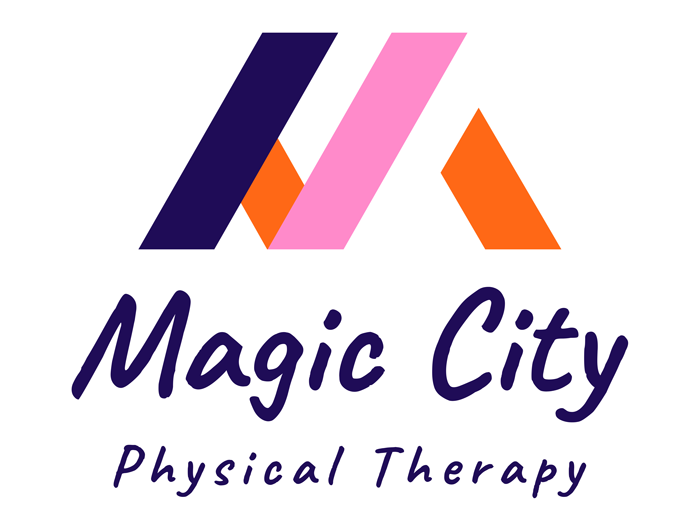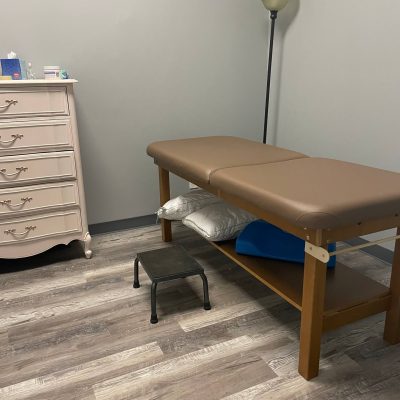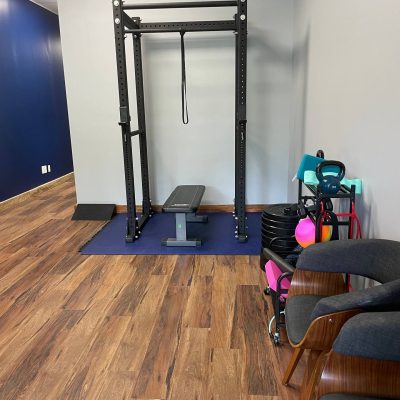A cancer diagnosis changes everything — your body, your routines, and sometimes even your relationship with yourself. When treatment involves the pelvic region, whether for colorectal, gynecological, bladder, or prostate cancer, the effects on pelvic health can be profound.
Pain, scarring, bowel or bladder changes, and sexual discomfort are all common — yet rarely discussed — side effects of cancer treatment. As a pelvic floor physical therapist, my goal is to help patients navigate recovery with compassion, evidence-based care, and a focus on restoring quality of life.
Understanding How Cancer Treatment Affects the Pelvic Floor
Your pelvic floor is a group of muscles, connective tissue, and nerves that support your organs, control continence, and play an important role in sexual function. When cancer or its treatment affects this region, those systems can be disrupted in several ways.
- Surgery
Colorectal, gynecologic, or bladder surgeries can leave scar tissue and disrupt normal muscle and nerve pathways. This can lead to:
- Pelvic pain or tightness
- Loss of sensation or coordination
- Bowel or bladder leakage or retention
- Changes in posture or core control
Even laparoscopic or robotic surgeries, while less invasive, can affect how the deep abdominal and pelvic muscles function.
- Radiation Therapy
Radiation often saves lives — but it can also create long-term changes in the tissue. Radiated muscles and fascia may become less elastic, and nerves more sensitive. Many patients experience:
- Pelvic stiffness or burning sensations
- Pain during sexual activity
- Decreased lubrication or vaginal elasticity in women
- Rectal or bladder irritation
Gentle manual therapy and mobility techniques can help restore tissue pliability and comfort over time.
- Chemotherapy and Hormonal Treatments
Cancer medications can impact hormone levels, circulation, and tissue healing. For example, decreased estrogen after treatment can cause vaginal dryness, thinning tissues, and discomfort with intimacy. In men, hormonal suppression may affect erectile function and pelvic muscle tone.
Understanding these whole-body effects allows us to create individualized rehab plans that address both symptoms and function.
How Pelvic Floor Therapy Helps After Cancer
Pelvic floor rehabilitation after cancer focuses on restoring comfort, control, and confidence — while honoring the complexity of what your body has been through. Therapy is gentle, collaborative, and tailored to your comfort level.
Here’s how we approach it:
- Restoring Mobility and Circulation
Scar tissue from surgery or radiation can restrict movement, leading to discomfort or altered organ mechanics. Gentle manual therapy, myofascial release, and scar mobilization can improve blood flow and flexibility, reducing pain and improving function.
- Retraining Bowel and Bladder Function
Many patients experience new or worsening issues like constipation, urgency, or leakage after treatment. We address this through:
- Bladder retraining and urge suppression strategies
- Pelvic floor muscle retraining for coordination (not just strengthening)
- Bowel mechanics education — how posture, breath, and pressure management improve comfort and regularity
- Managing Pain and Sensitivity
Nerve irritation, hypersensitivity, or pelvic tension are common post-treatment. Therapy focuses on calming the nervous system through techniques such as:
- Diaphragmatic breathing
- Gentle desensitization and relaxation exercises
- Nervous system downregulation and trauma-informed care
- Supporting Sexual Health and Intimacy
Pain, dryness, and fear around intimacy are frequent but often overlooked side effects. Pelvic floor therapy can help you:
- Restore comfortable mobility and blood flow to the pelvic tissues
- Learn strategies for relaxation and comfort with touch
- Address scar tissue or tightness affecting penetration
- Collaborate with other professionals (gynecologist, urologist, sex therapist) for a holistic approach
Sexual recovery after cancer is not just physical — it’s emotional. We create space for both.
- Promoting Core and Postural Strength
Many patients lose confidence in movement after treatment. Rebuilding gentle core control through breathwork, alignment, and progressive strengthening helps you regain stability, reduce pressure on the pelvic floor, and return to your favorite activities safely.
A Compassionate, Collaborative Approach
Pelvic health therapy after cancer is never one-size-fits-all. Every person’s experience depends on the type of cancer, the treatment received, and their goals for recovery.
That’s why I emphasize collaboration — with your oncology team, primary care provider, and, when needed, mental health or sexual health specialists. Together, we ensure your care is integrated, safe, and empowering.
When to Start Pelvic Floor Therapy
Ideally, pelvic floor therapy begins as soon as your physician clears you for gentle rehabilitation — sometimes even before treatment as “prehab.” But it’s never too late to start. Whether you finished treatment months or years ago, we can still make meaningful improvements in mobility, comfort, and function.
You might benefit from pelvic therapy if you’re experiencing:
- Urinary or fecal leakage or urgency
- Pain with sitting, intimacy, or bowel movements
- Pelvic or abdominal tightness
- Changes in posture, walking, or exercise tolerance
- Emotional disconnection from your body after treatment
The Takeaway
Recovering from cancer is about more than surviving — it’s about reclaiming your comfort, control, and confidence.
Pelvic floor physical therapy provides a safe, compassionate space to address the lasting effects of cancer treatment on your body. Through guided movement, education, and gentle hands-on care, you can reconnect with your body and move forward feeling stronger and more at ease.







